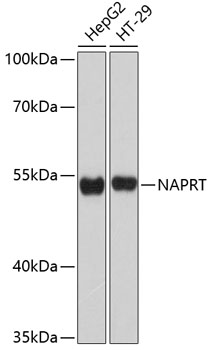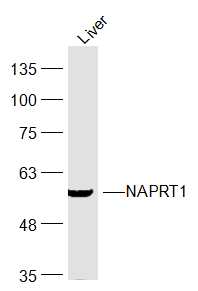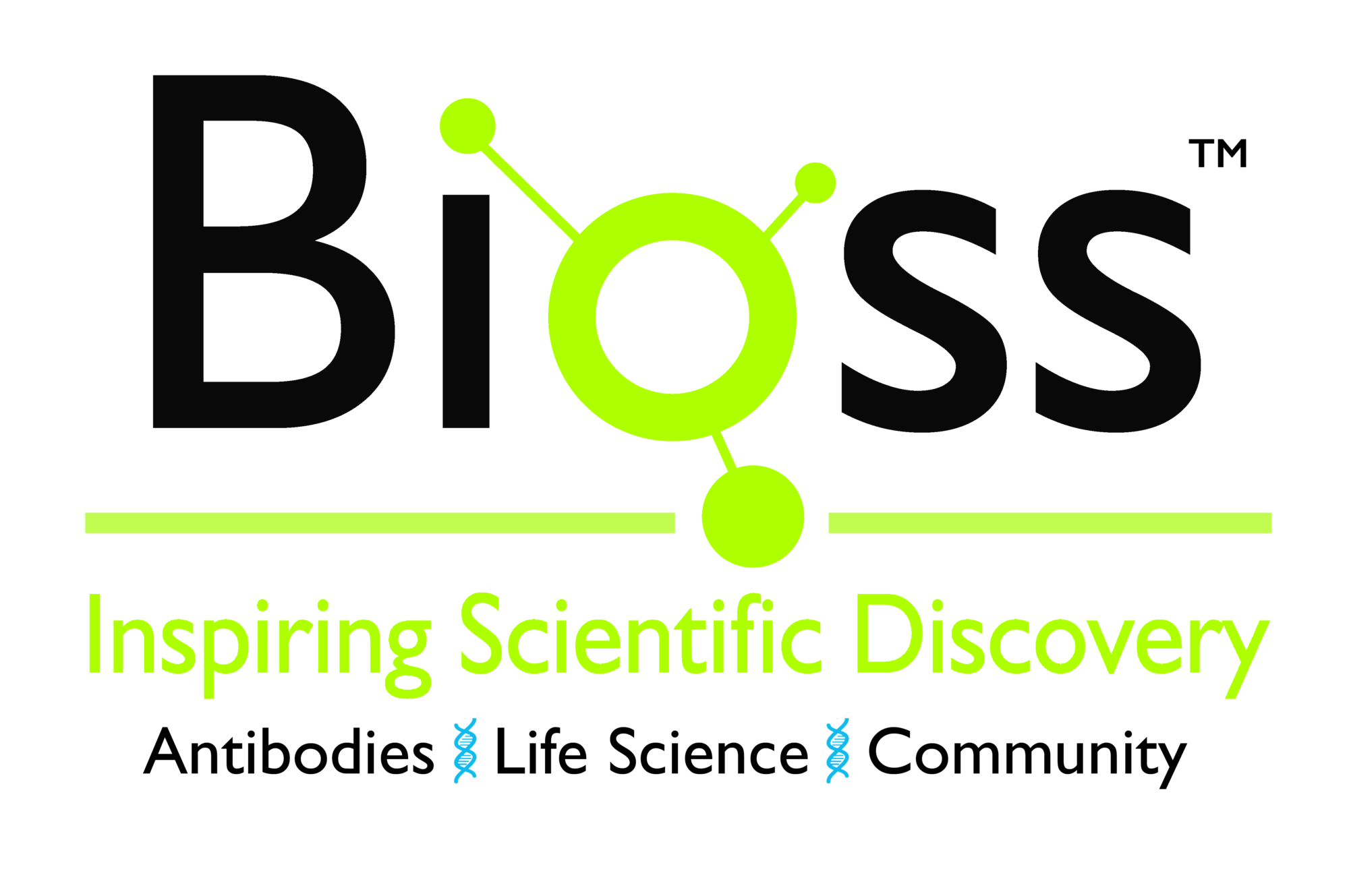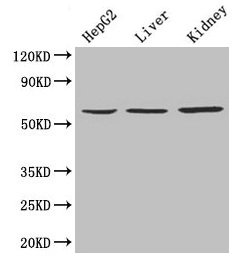NAPRT1 antibody
GTX121545
ApplicationsImmunoFluorescence, Western Blot, ImmunoCytoChemistry, ImmunoHistoChemistry, ImmunoHistoChemistry Paraffin
Product group Antibodies
ReactivityHuman
TargetNAPRT
Overview
- SupplierGeneTex
- Product NameNAPRT1 antibody
- Delivery Days Customer9
- Application Supplier NoteWB: 1:5000-1:20000. ICC/IF: 1:100-1:1000. IHC-P: 1:100-1:1000. *Optimal dilutions/concentrations should be determined by the researcher.Not tested in other applications.
- ApplicationsImmunoFluorescence, Western Blot, ImmunoCytoChemistry, ImmunoHistoChemistry, ImmunoHistoChemistry Paraffin
- CertificationResearch Use Only
- ClonalityPolyclonal
- Concentration1 mg/ml
- ConjugateUnconjugated
- Gene ID93100
- Target nameNAPRT
- Target descriptionnicotinate phosphoribosyltransferase
- Target synonymsNAPRT1, PP3856, nicotinate phosphoribosyltransferase, FHA-HIT-interacting protein, NAPRTase, nicotinate phosphoribosyltransferase domain containing 1, nicotinate phosphoribosyltransferase domain-containing protein 1, nicotinic acid phosphoribosyltransferase
- HostRabbit
- IsotypeIgG
- Protein IDQ6XQN6
- Protein NameNicotinate phosphoribosyltransferase
- Scientific DescriptionNicotinic acid (NA; niacin) is converted by nicotinic acid phosphoribosyltransferase (NAPRT; EC 2.4.2.11) to NA mononucleotide (NaMN), which is then converted to NA adenine dinucleotide (NaAD), and finally to nicotinamide adenine dinucleotide (NAD), which serves as a coenzyme in cellular redox reactions and is an essential component of a variety of processes in cellular metabolism including response to stress (Hara et al., 2007).[supplied by OMIM]
- ReactivityHuman
- Storage Instruction-20°C or -80°C,2°C to 8°C
- UNSPSC12352203
References
- Hwang D, Jo H, Ma SH, et al. Oxyresveratrol stimulates mucin production in an NAD(+)-dependent manner in human intestinal goblet cells. Food Chem Toxicol. 2018,118:880-888. doi: 10.1016/j.fct.2018.06.039Read this paper







